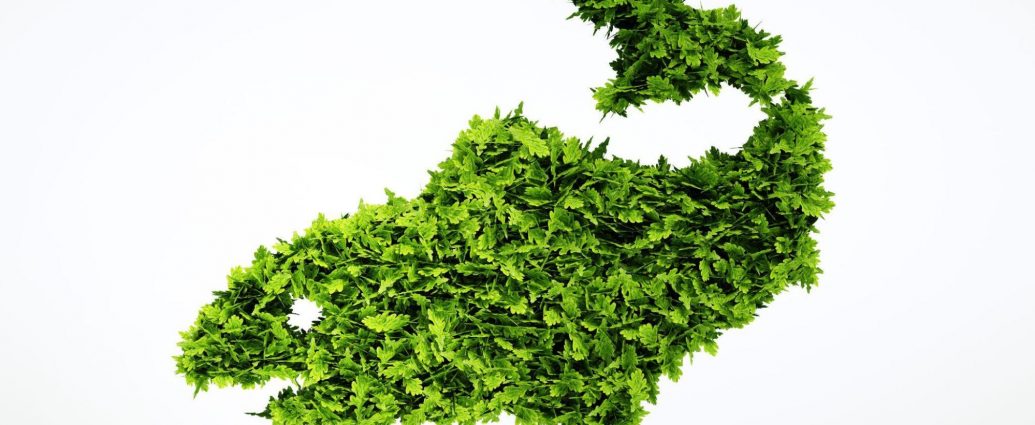Overfishing and unsustainable fishing practices pose an alarming threat to the health of our oceans. 52% of the world’s fish populations are fully exploited, meaning that fish are being caught at the same rate as they reproduce. Any increase in these fishing rates would lead to detrimental losses in the fish populations. Already, over 3200 species of fish are on the International Union for Conservation of Nature’s (IUCN) list of threatened species. If the current situation persists, these numbers will continue to worsen. However, with 70% of seafood consumed when dining out, restaurants are in a unique position to help turn the tides of this dilemma.
Recently, the seafood industry has seen a push toward sustainable seafood. According to the National Restaurant Association (NRA), sustainable seafood is harvested or farmed in a way that can be sustained without jeopardizing the future of the seafood populations and environments. Sustainable seafood practices come from stocks of healthy fish populations and in areas with responsible management. These practices can also reduce bycatch and eliminate damage from bottom trawling, making it a much more environmentally-friendly approach.
If your restaurant offers seafood options, ensuring that they come from sustainable sources can be beneficial not only for the planet, but also for your business. Although sustainable seafood can be a bit more expensive, shopping for what is in season can keep costs down. Furthermore, since sustainable seafood entails better management practices, there is a much lower risk of seafood fraud, so you really get what you pay for. Sustainable seafood is also popular among consumers, as a majority would prioritize sustainability when purchasing seafood. In fact, roughly half of consumers say that the availability of environmentally friendly food makes them more likely to choose one restaurant over another. With this level of consumer support, now is the perfect time to transition to sustainable seafood.
There is already an abundance of resources available for both restaurants and consumers to educate themselves on sustainable seafood sourcing. If you’re looking to find a sustainable seafood supplier, Fish Choice allows you to search by species or supplier certifications. The Monterey Bay Aquarium’s Seafood Watch program is a go-to resource for all seafood recommendations and business tools. Lastly, for Chicago-area restaurants, the Shedd Aquarium heads up a Sustainable Seafood Partnership, offering resources, sourcing consulting, and staff training for restaurants who have made the sustainable seafood commitment.
Even with all these resources in place, there are some simple steps restaurants can take to make your transition to sustainable seafood all the easier. For example, having a flexible menu that can change along with the seasons is a great way to ensure you are serving the most sustainable and cost-effective choices year-round. Likewise, make sure your menu does not offer any dishes centered around fish that are not vetted as sustainable, as it could mean the fishery or aquaculture is not environmentally sound. You can also create more dishes that include bycatch, so that less goes to waste, or you could substitute fish on your menu for those that are thought to be of less value. Sustainable Fish City’s brochure of Top Swaps lists a variety of substitutions to make your menu as sustainable as possible. Lastly, make sure to maintain transparency with both your seafood suppliers and your customers, so that both you and your customers know exactly what is being served.
In a growing world where the demand for seafood is constantly increasing, ensuring that our oceans remain healthy is essential. Sustainable seafood is the best way to achieve this. Not only is sustainable seafood delicious, but it is good for the health and diversity of the oceans. By transitioning your restaurant to sustainable seafood, you can do your part to feed the future.
–Zoe Lauer

